Home>Gardening & Outdoor>Outdoor Recreation & Activities>How Long Does It Take To Fill Up A Swimming Pool
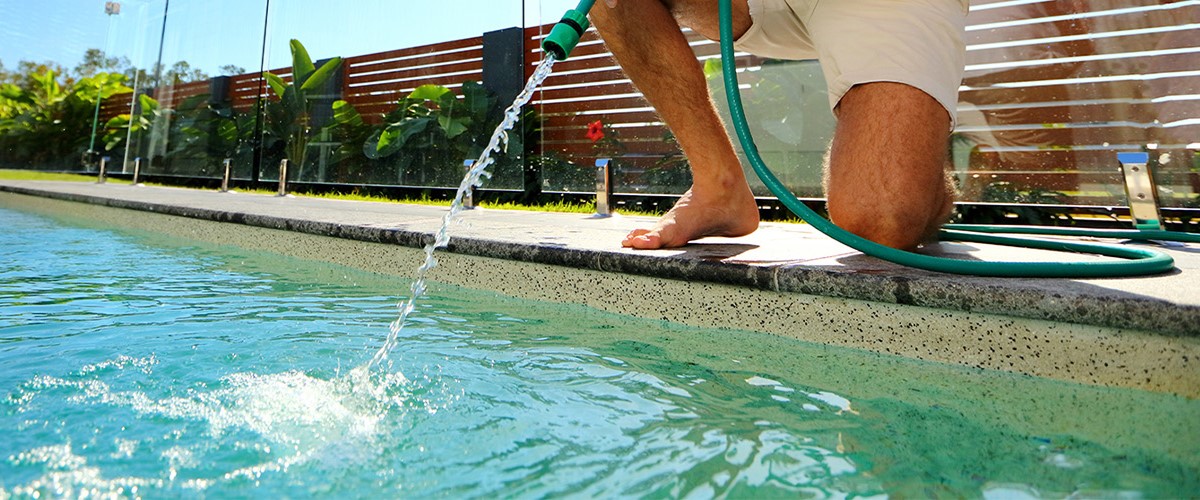

Outdoor Recreation & Activities
How Long Does It Take To Fill Up A Swimming Pool
Modified: February 27, 2024
Discover how long it takes to fill up a swimming pool and get the most out of your outdoor recreation and activities. Learn more about pool filling times here!
(Many of the links in this article redirect to a specific reviewed product. Your purchase of these products through affiliate links helps to generate commission for Storables.com, at no extra cost. Learn more)
Factors Affecting Swimming Pool Fill Time
Several factors can significantly impact the time it takes to fill a swimming pool. Understanding these factors is crucial for effectively managing the pool filling process. Here are the key elements that can influence the duration of pool filling:
-
Pool Size: The most obvious factor is the size of the pool. Larger pools naturally require more water and, consequently, more time to fill. The dimensions of the pool, including its length, width, and depth, directly affect the volume of water needed.
-
Water Pressure: The water pressure at the filling source plays a critical role in determining the fill time. Higher water pressure results in a faster flow rate, reducing the overall time required to fill the pool. Conversely, lower water pressure can significantly prolong the filling process.
-
Fill Rate: The rate at which water flows into the pool is another crucial factor. This is determined by the size of the water pipe or hose used for filling. A larger diameter pipe or hose allows for a greater flow rate, expediting the filling process.
-
Filling Method: The method used to fill the pool can impact the overall fill time. Whether the pool is filled using a standard garden hose, a specialized pool-filling truck, or an automatic filling system can make a substantial difference in the time required.
-
Water Availability: The availability of water at the filling location is a significant consideration. If the water source has limited capacity or low flow, it will inevitably extend the fill time. Additionally, in areas prone to water restrictions or shortages, obtaining the necessary volume of water may pose challenges.
-
Weather Conditions: Weather can also influence pool fill time. Rainfall can potentially supplement the pool filling process, while hot and dry conditions may increase evaporation rates, affecting the overall fill duration.
-
Obstacles and Challenges: Any obstacles or challenges along the water delivery path can impede the fill process. These may include bends or kinks in the hose, uneven terrain, or other obstructions that hinder the smooth flow of water.
Understanding these factors is essential for effectively estimating the time required to fill a swimming pool. By considering these elements, pool owners can better plan and manage the pool filling process, ensuring a timely and efficient completion.
Key Takeaways:
- Factors affecting pool fill time include pool size, water pressure, fill rate, filling method, water availability, weather, and obstacles. Understanding these factors helps plan and manage pool filling effectively.
- To estimate pool fill time, calculate water flow rate by considering hose diameter, water pressure, and delivery system condition. Automatic filling systems offer convenience, consistent water levels, and water management efficiency for pool owners.
Read more: How To Fill Up A Swimming Pool
Calculating Water Flow Rate for Pool Filling
Calculating the water flow rate for pool filling is a crucial step in estimating the time required to fill a swimming pool. The flow rate, typically measured in gallons per minute (GPM) or liters per minute, directly impacts the speed at which the pool will be filled. To determine the flow rate, several key factors must be taken into account.
First and foremost, the diameter of the water source, such as a hose or pipe, significantly influences the flow rate. A larger diameter allows for a greater volume of water to pass through per unit of time, resulting in a higher flow rate. This is commonly observed when comparing standard garden hoses to larger diameter hoses or specialized pool-filling equipment.
Additionally, the water pressure at the filling source plays a pivotal role in calculating the flow rate. Higher water pressure propels water through the delivery system at a faster rate, increasing the overall flow rate. Conversely, lower water pressure can restrict the flow, reducing the rate at which water enters the pool.
To calculate the flow rate, a simple formula can be utilized. By measuring the time it takes to fill a known volume of water, such as a gallon or liter, the flow rate can be determined. For instance, if it takes 2 minutes to fill a 5-gallon bucket, the flow rate would be 2.5 GPM (5 gallons / 2 minutes).
Moreover, the type and condition of the water delivery system must be considered. Any restrictions, such as kinks or bends in the hose, can impede the flow of water, reducing the effective flow rate. Ensuring a clear and unobstructed path for water delivery is essential for optimizing the flow rate during pool filling.
It's important to note that the flow rate may fluctuate during the filling process due to variations in water pressure, hose diameter, or other external factors. Regularly monitoring the flow rate and making adjustments as necessary can help maintain an efficient pool filling operation.
By accurately calculating the water flow rate for pool filling, pool owners can make informed decisions regarding the estimated fill time and take proactive measures to optimize the filling process. This understanding empowers them to effectively manage the pool filling operation, ensuring a timely and successful completion.
Consider the size of the pool and the flow rate of the water source. On average, it takes 8-12 hours to fill a standard 15,000-gallon pool with a typical garden hose.
Using Automatic Pool Filling Systems
Automatic pool filling systems offer a convenient and efficient solution for maintaining the optimal water level in swimming pools. These automated systems are designed to monitor the water level and automatically add water as needed, ensuring that the pool remains at the desired depth without manual intervention.
One of the key advantages of automatic pool filling systems is their ability to maintain consistent water levels. By utilizing sensors or float devices, these systems can detect any decrease in water level and initiate the filling process to restore the pool to its optimal depth. This automated functionality not only saves time and effort for pool owners but also helps prevent potential damage that can occur when the water level falls below the recommended range.
Furthermore, automatic pool filling systems are equipped with built-in safety features to prevent overfilling. These mechanisms ensure that the water level is carefully regulated, avoiding any risk of excessive filling that could lead to water wastage or overflow. By maintaining precise control over the water level, these systems contribute to efficient water management and promote sustainable usage practices.
In addition to their operational benefits, automatic pool filling systems offer enhanced convenience for pool owners. With automated monitoring and adjustment capabilities, these systems alleviate the need for manual oversight, allowing pool owners to focus on other aspects of pool maintenance and enjoyment. This hands-free approach to managing water levels streamlines the overall pool maintenance process, offering a hassle-free solution for maintaining optimal pool conditions.
When considering the installation of an automatic pool filling system, it's essential to select a system that aligns with the specific requirements of the pool. Factors such as pool size, water pressure, and environmental conditions should be taken into account to ensure the system's compatibility and effectiveness. Additionally, professional installation and regular maintenance are crucial for maximizing the performance and longevity of the automatic filling system.
By integrating an automatic pool filling system into their pool maintenance regimen, owners can benefit from improved water level management, reduced manual labor, and enhanced operational efficiency. These systems represent a valuable investment for maintaining the overall health and functionality of swimming pools, offering a seamless and reliable solution for sustaining optimal water levels.
In summary, automatic pool filling systems provide a sophisticated and user-friendly approach to managing water levels in swimming pools. Their automated functionality, safety features, and convenience make them a valuable asset for pool owners seeking to streamline maintenance processes and ensure consistent water levels with minimal intervention.
Tips for Efficiently Filling a Swimming Pool
Efficiently filling a swimming pool involves strategic planning and proactive measures to streamline the filling process while optimizing resource utilization. Consider the following tips to ensure a smooth and efficient pool filling experience:
-
Plan Ahead: Before initiating the pool filling process, assess the water source and availability. Ensure that the water supply can accommodate the pool's water volume without interruptions. Planning ahead prevents delays and promotes a seamless filling operation.
-
Optimize Water Flow: Utilize a larger diameter hose or pipe to maximize the water flow rate. A larger diameter facilitates a higher flow rate, expediting the pool filling process. Additionally, minimizing any kinks or bends in the delivery system enhances the flow efficiency.
-
Monitor Water Level: Regularly monitor the pool's water level during the filling process to prevent overfilling. Using a marked pole or visual indicators, track the water level to ensure it aligns with the desired depth, avoiding unnecessary water wastage.
-
Utilize Rainwater: Take advantage of natural rainfall to supplement the pool filling process. Positioning rain barrels or utilizing a rainwater collection system allows for the efficient utilization of natural resources, reducing reliance on traditional water sources.
-
Consider Off-Peak Hours: If water pressure is a concern, consider filling the pool during off-peak hours when water demand is lower. This can potentially improve water pressure, facilitating a faster fill rate and optimizing the overall efficiency of the process.
-
Implement Water-Saving Practices: Incorporate water-saving practices during the pool filling process, such as using a pool cover to minimize evaporation or directing overflow water to irrigate surrounding vegetation. These practices promote sustainable water usage and conservation.
-
Professional Consultation: For larger or specialized pools, consider consulting with pool professionals to optimize the filling process. They can provide valuable insights and recommendations tailored to the specific requirements of the pool, ensuring an efficient and effective filling operation.
By implementing these tips, pool owners can effectively manage the pool filling process, minimize resource consumption, and promote sustainable water management practices. These proactive measures not only contribute to efficient pool maintenance but also align with environmentally conscious approaches to water utilization.
Frequently Asked Questions about How Long Does It Take To Fill Up A Swimming Pool
Was this page helpful?
At Storables.com, we guarantee accurate and reliable information. Our content, validated by Expert Board Contributors, is crafted following stringent Editorial Policies. We're committed to providing you with well-researched, expert-backed insights for all your informational needs.
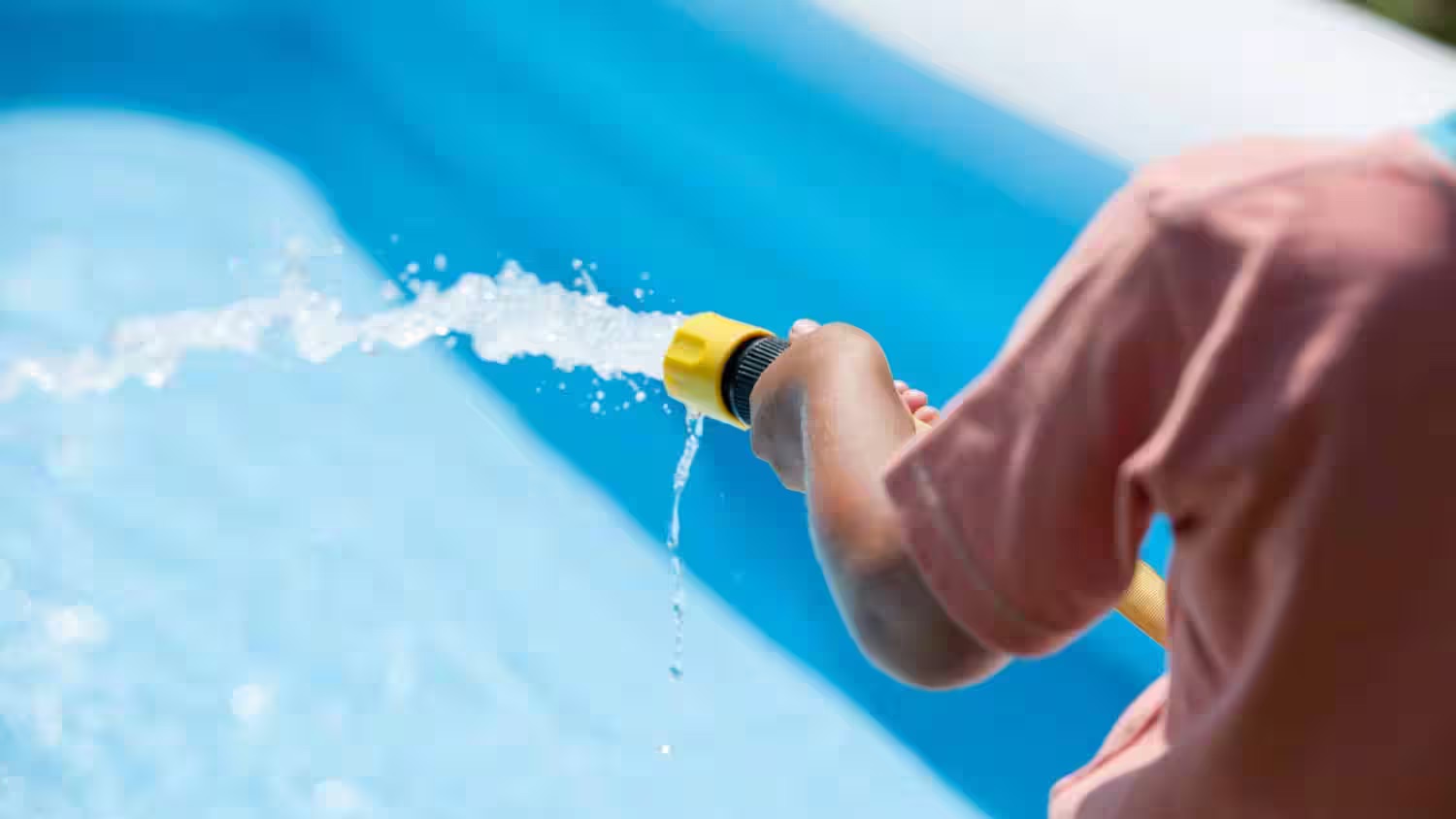
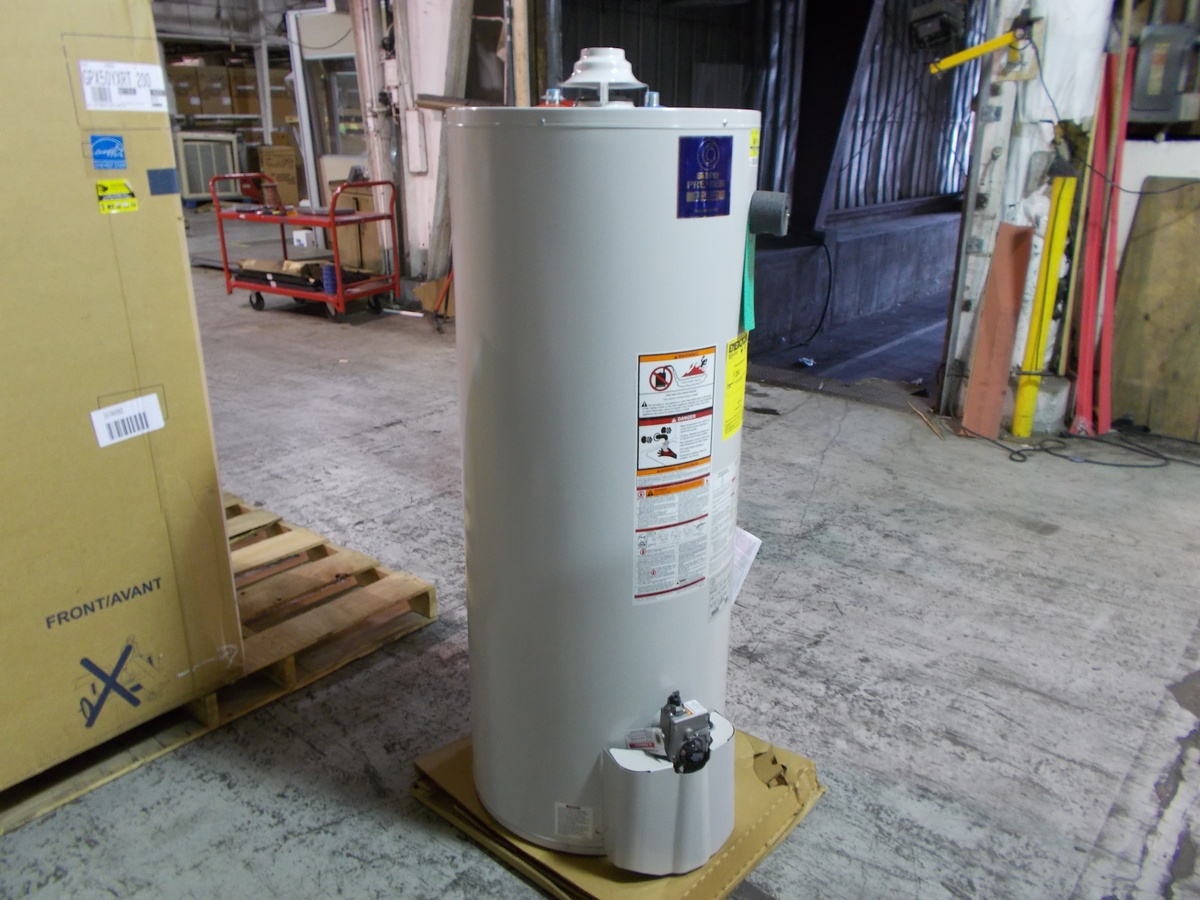

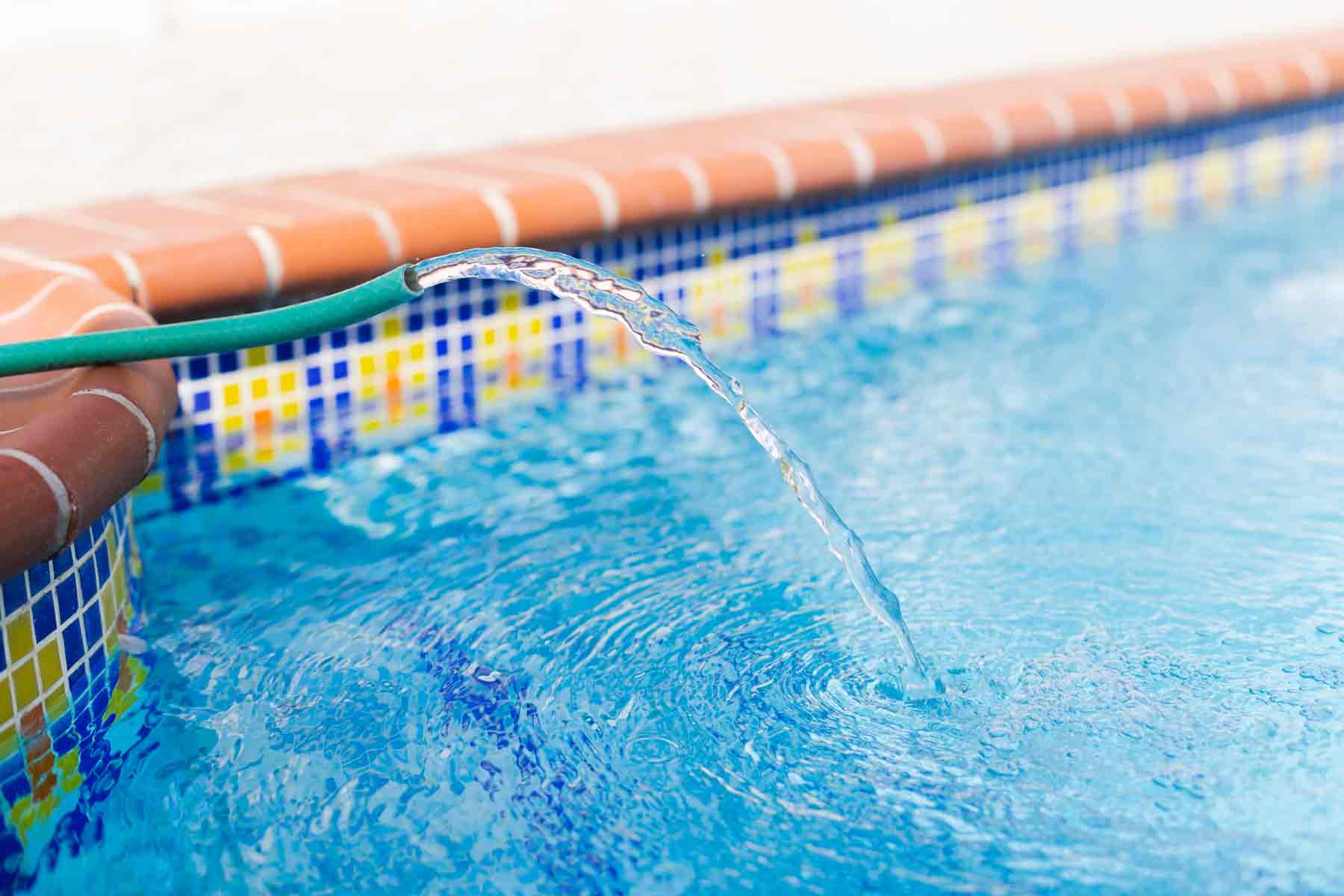
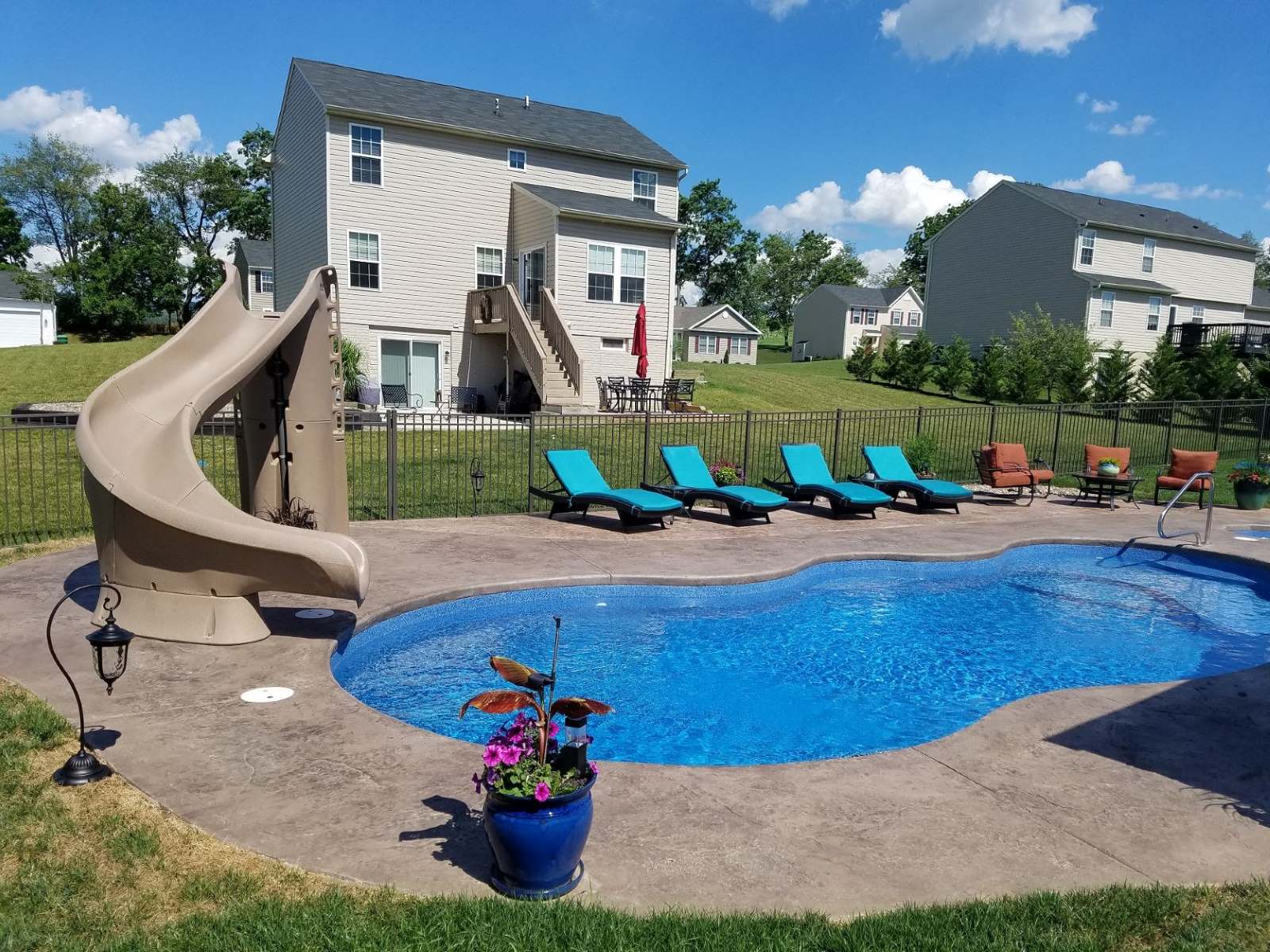
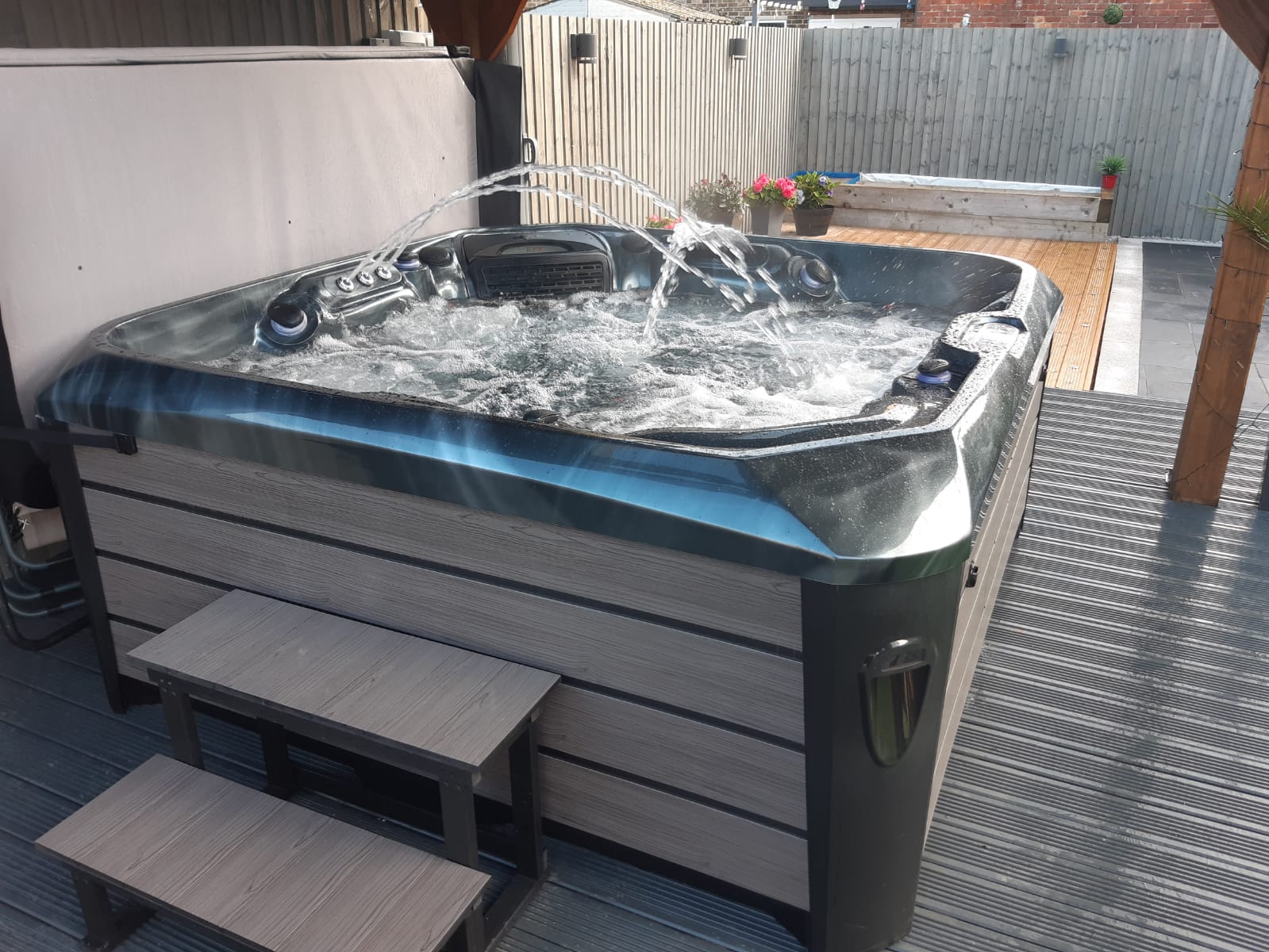

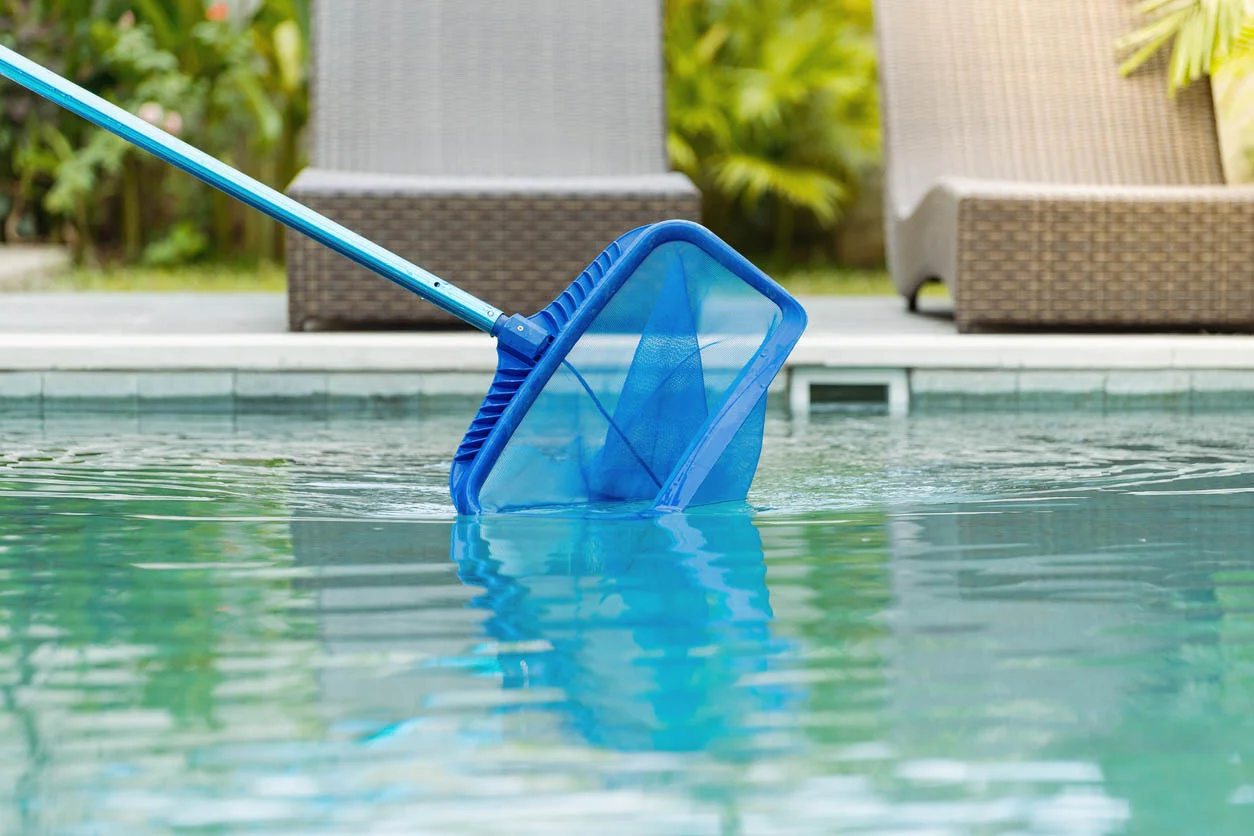
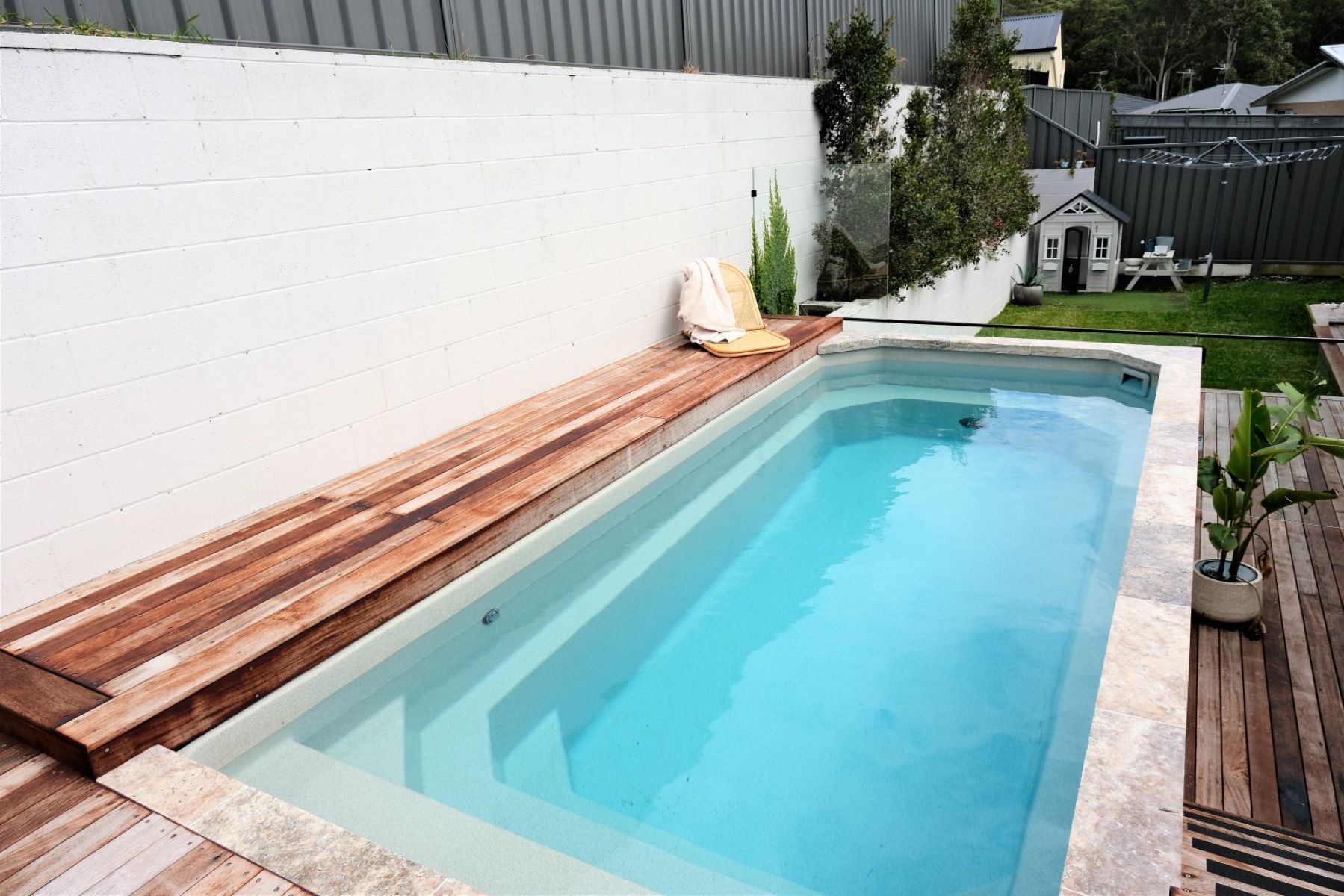

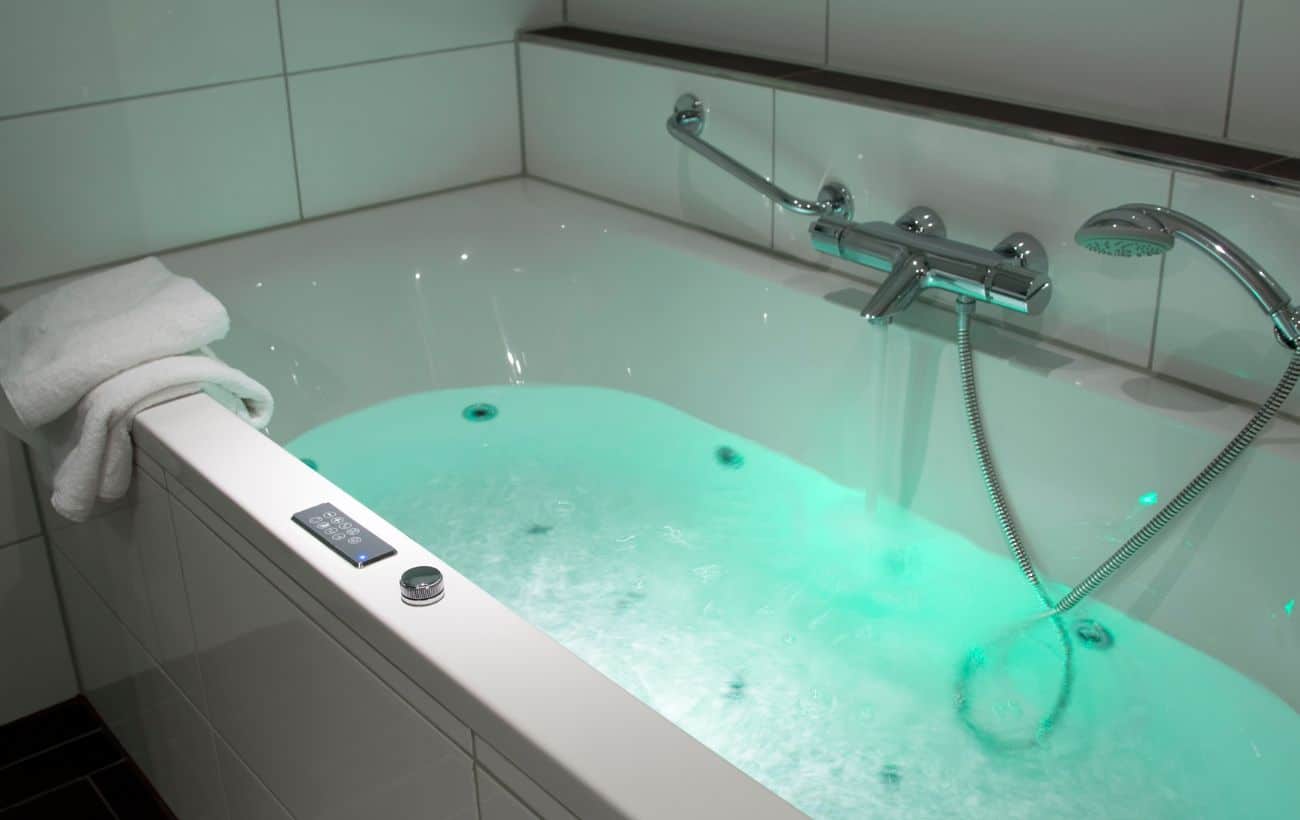
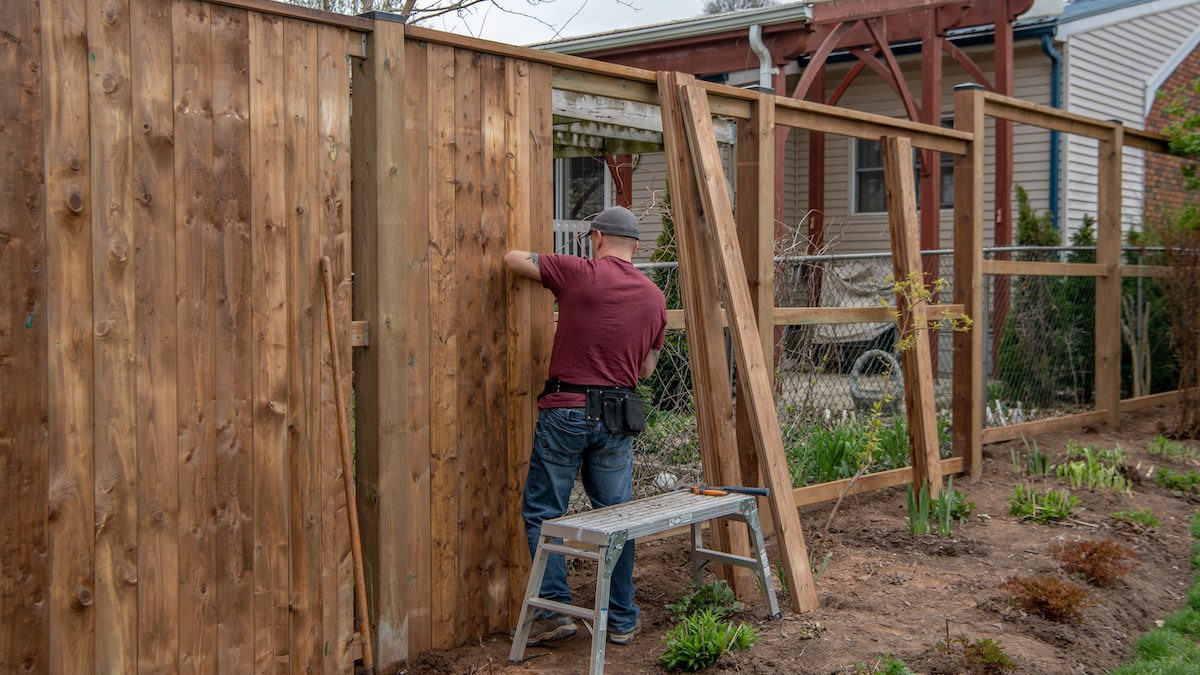
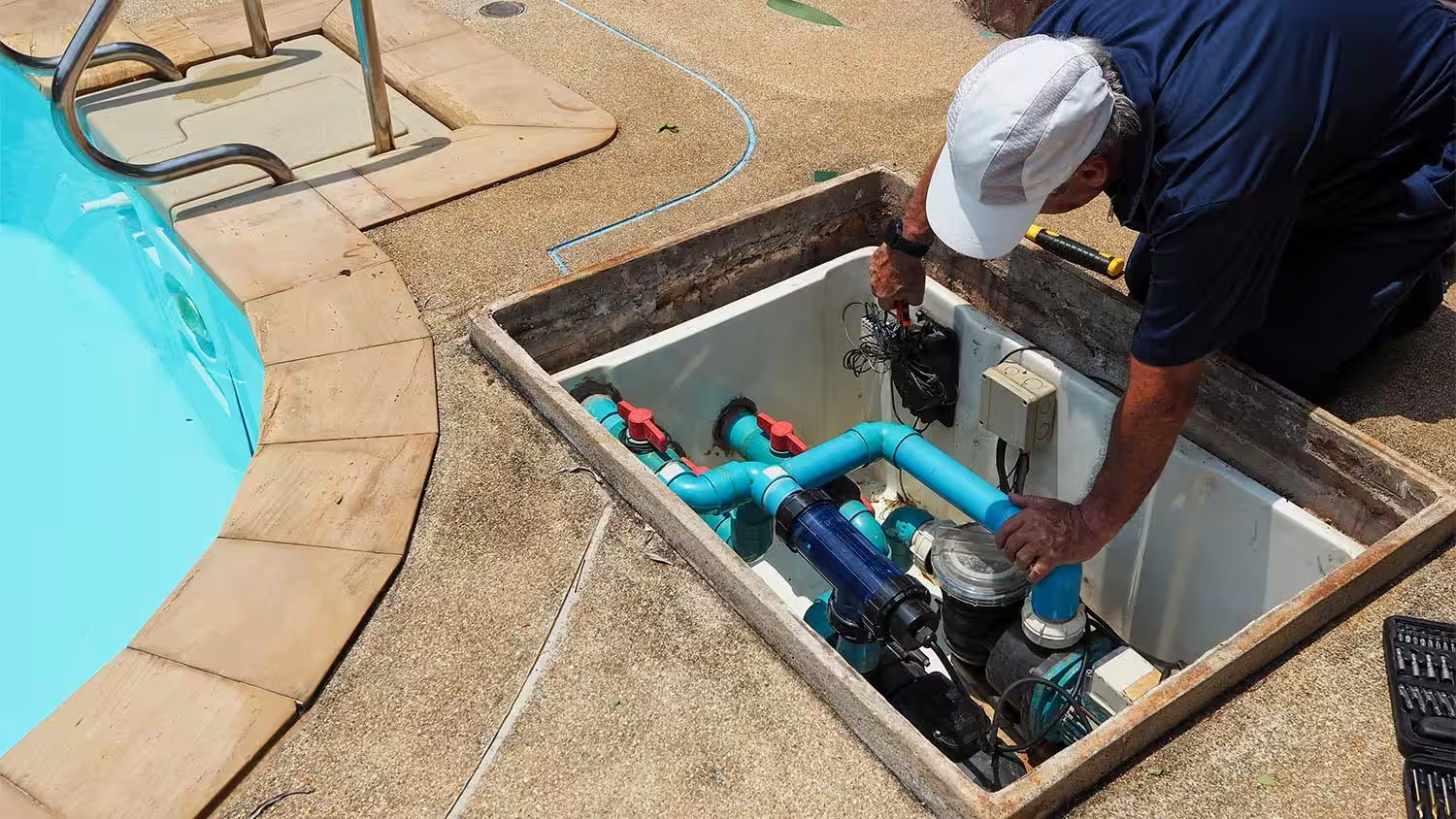
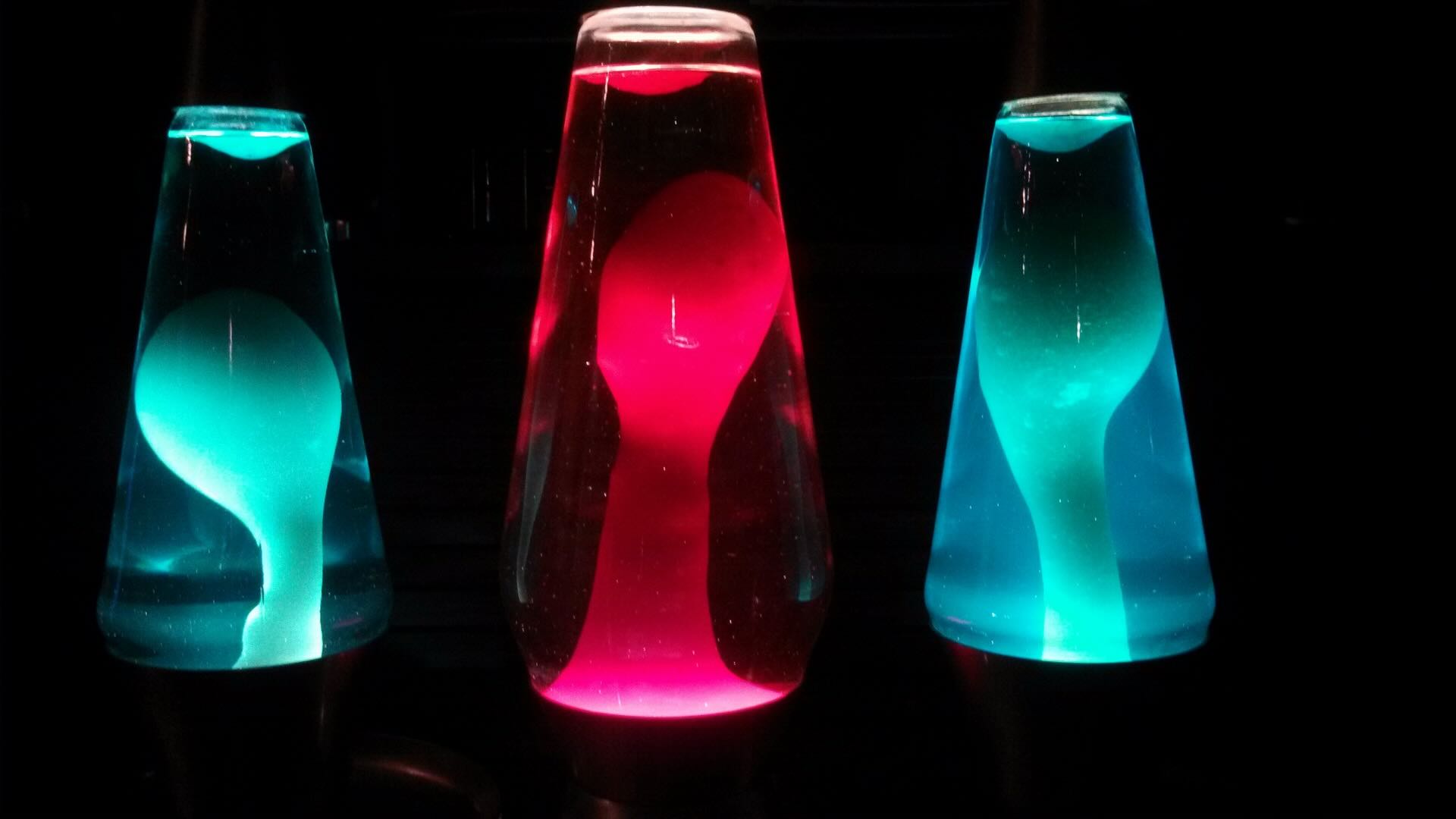


0 thoughts on “How Long Does It Take To Fill Up A Swimming Pool”